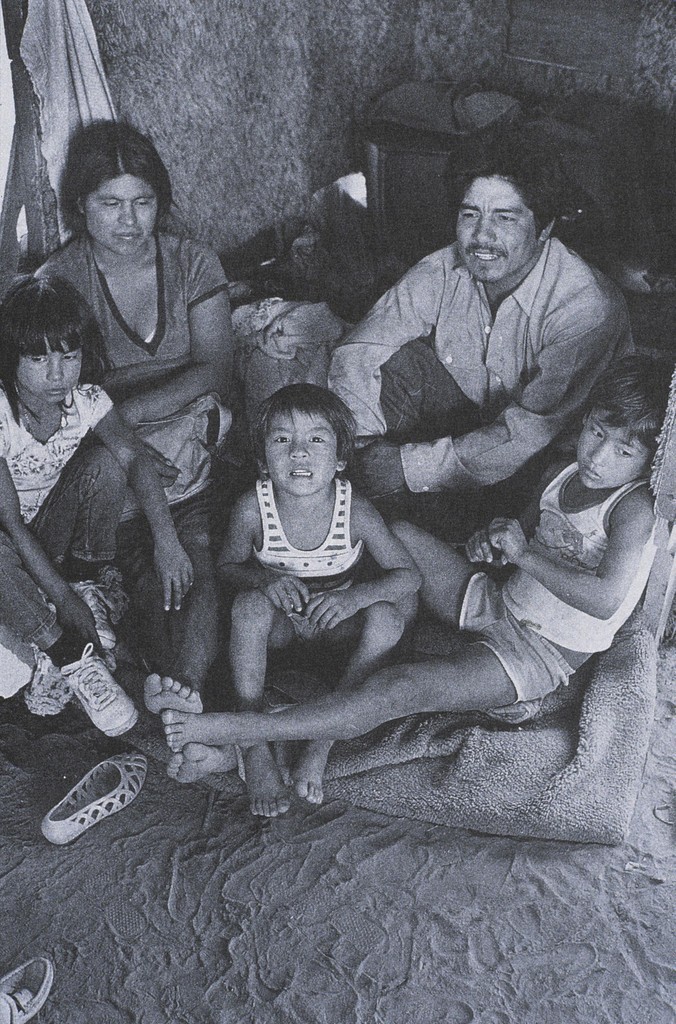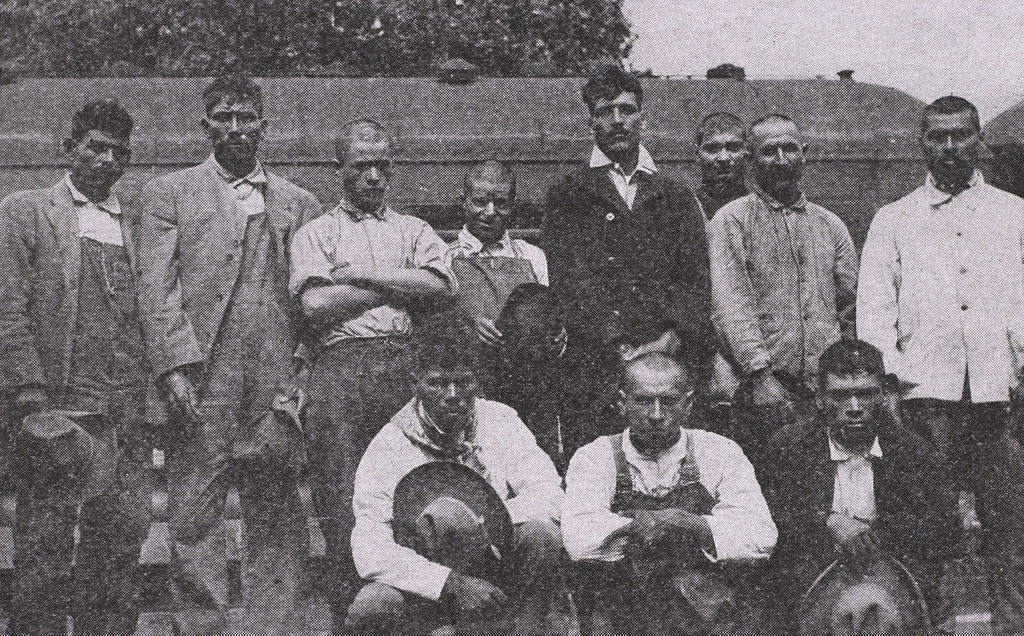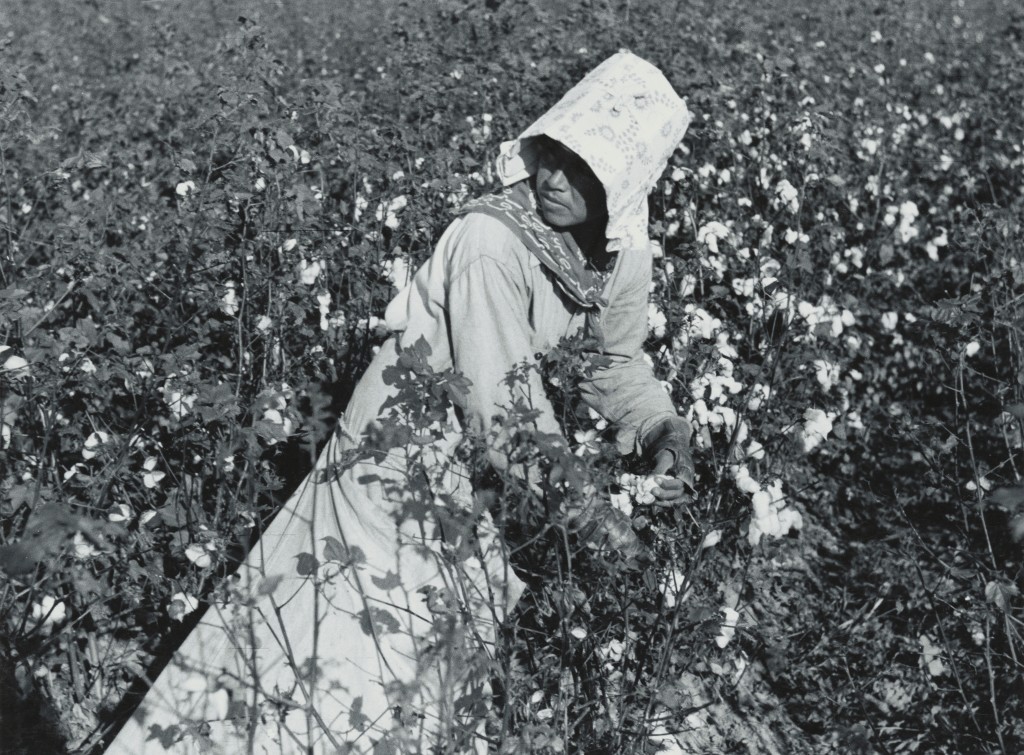
Migrant workers experience agricultural work differently depending on their situation. Some use it as supplemental income and only follow certain harvests throughout the year. Others may circulate the country continuously as they follow ripening crops. Some migrant workers use migration to continue to work and send money back home in to families in other countries, or others simply work to sustain themselves. Elva Trevino Hart, author of Barefoot Heat, and her family were highly dependent on migration for household income. Although they were from South Texas, Hart and her family traveled north to states like Wisconsin and Minnesota to work in the fields. Although she and her siblings were young, they would work alongside their parents for several years. The money that was earned by each family member was given immediately to the family for anything they needed.
In 1924, Saul Sanchez discovered his family was one of the many migrants to be recruited by the Crystal Sugar Beet Company to pick sugar beets in Iowa. Companies sought cheap labor in order to maximize profits (Rows of Memory, p. 47). Migrant families are either recruited to work by labor contractors or find work by word of mouth from others who talk about their own experiences and earnings. Some farmers would gain more workers because word spread about higher wages, better conditions, and earning potentials.

Unfortunately, some migrant workers have faced discrimination in the workplace as well as in the communities where they work. Historically, Anglos have associated migrants with a lack of education, but migrants worked very hard and were unable to utilize the same services and opportunities others enjoyed.
One example includes the striking of migrant workers in Idaho due to low wages and poor working conditions. However, the Mexican Consulate in Portland barred the recruitment of migrant workers for two years due to continuing racism and discrimination in the fields (Los Dos Mundos, p. 162). Research conducted by Richard Baker showed a Midwest town held negative views towards Mexican Americans and blamed them for the towns’ shortcomings. Local residents believed that migrants should not receive higher wages, and that they were a drain on public resources. However, they viewed migrants from Mexico as more favorable. (Los Dos Mundos, p. 131-132).

In the fields, children can be seen working alongside their parents and families. Depending on the age, children may be given different tasks that adults find more difficult or are more suitable for children. For example, children may have to pick up the crops deep in the soil that adults overlooked, or they might be given lighter tasks that do not require too much effort. Regardless of the work, migrant children who worked in the fields were at a serious disadvantage because laws and regulations were slow in coming to the fields.
Despite the beginning of child-labor laws, migrant children were still authorized to work in agriculture, since they would be employed by their parents and technically not by the landowners themselves. Unfortunately, some families chose to prioritize the work as opposed to education. In some cases, parents were highly dependent on their children to earn a wage in the fields, so they can contribute to the family unit. Some landowners attempted to hire families with more children in order to increase the available labor and speed up harvesting.
However, despite the difficult background, some children migrant workers were able to persevere and get themselves out of the migratory cycle. Some parents pushed their children to focus on school so they would not have to rely on the harvest seasons. In situations where migrant workers sought higher education, the College Assistance Migrant Program can help them get into a college and aid them in the challenges they may experience in their first year.